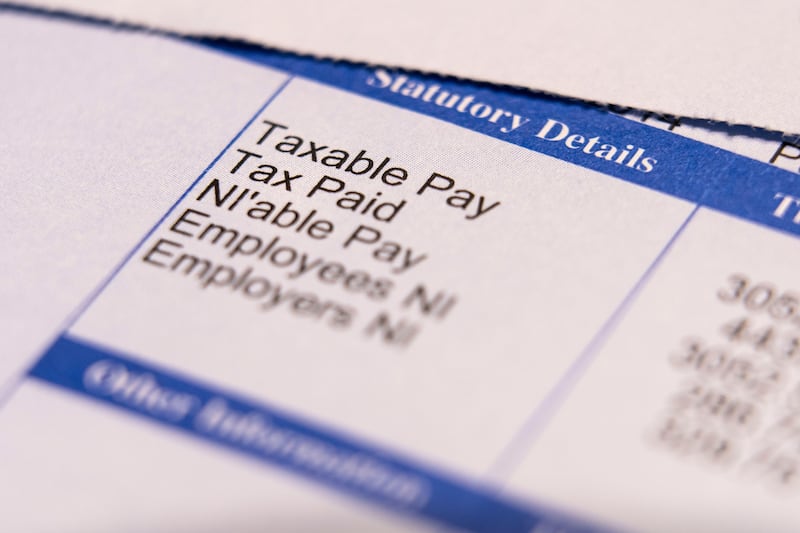THE pace of redundancies continued to ease across the north during April, the latest official labour market data has shown.
The number of job cuts confirmed by employers dropped to 110 last month, less than half the tally from March (250) and the lowest monthly figure since June 2020.
While the 5,780 confirmed job losses over the past 12 months represents the highest annual total since 2001, employers appear to have shelved or abandoned further redundancies in early 2021.
Just 140 redundancies were proposed between February and April this year, the lowest three-month total since 2007.
Firms are only required to inform government of job cuts when laying off at least 20 staff.
There was a slight uptick in the first two weeks of May, with 150 redundancies proposed in that period. Collins Aerospace last week announced its plans to cut 62 jobs in Kilkeel.
April’s labour market report from the Northern Ireland Statistics and Research Agency (NISRA) also showed a slight drop in the number of people claiming unemployment benefits.
However, data from HMRC recorded around 1,400 fewer people on employee payrolls in Northern Ireland during April.
April’s payroll figure of 740,151 includes people on furlough. The last official count from HMRC put that figure at 99,400 for the end of March.
Mark Magill from Ulster University’s economic policy centre said the payroll figure will likely be revised up once the full data is compiled, but said it may reflect self-employed people, who had taken new jobs during the pandemic, now returning to their original work.
“A feature of the past year has been an increase in labour market flows from self-employment to being an employee,” said the senior economist.
“As the economy is gearing to reopen, it is likely that some of that flow will start to reverse, and thus they will remain employed but fall out of the HMRC payroll data.”
Mr Magill said it was also possible that some people had simply flowed into a status of economic inactivity, defined as people not in employment who have not been seek work within the last four weeks, or are unable to start work within the next fortnight.
The north’s traditionally poor economic inactivity rate worsened since the onset of the Covid-19 pandemic, increasing 2.1 percentage points to 28.3 per cent.
That compares with the UK average of 21 per cent.
Ulster Bank’s chief economist Richard Ramsey said the labour market in 2021 was a picture of calm compared to the turbulence of 2020.
“Redundancies remain muted, employee numbers are trending upwards and the unemployment rate remains anchored below 4 per cent at 3.6 per cent.
“Meanwhile surveys such as the Ulster Bank’s Northern Ireland PMI reported that private sector firms increased their staffing levels in April at the fastest pace in 40 months.
“While there are some signs that a labour market recovery is a work in progress, a full recovery remains some way off.
“And in the meantime, we can expect further turbulence in the months ahead whenever the furlough scheme ends, and more redundancies inevitably come”
NISRA’s labour market report also showed Northern Ireland’s median monthly pay during April (£1,826) was the second lowest of 12 UK regions analysed.
Although earnings have increased by 4.4 per cent since March 2020.








